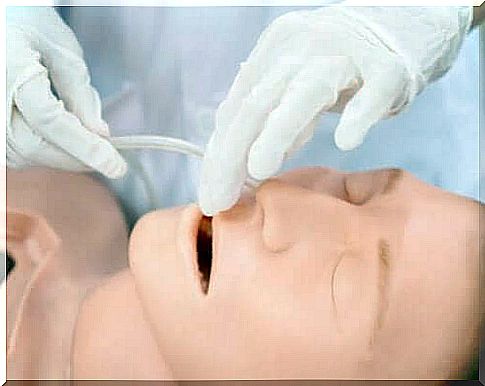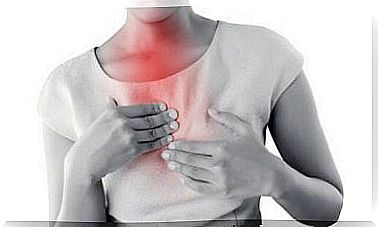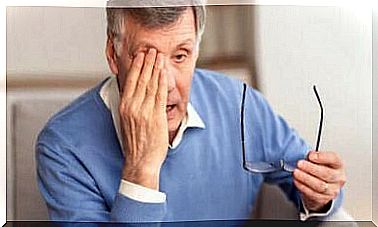Achalasia: Diagnosis And Treatment
Achalasia is a very rare disease in which solid or liquid food can no longer be swallowed. How can this disease be diagnosed and treated?

Achalasia is a very rare condition that can occur at any age and is characterized by the inability of the esophagus to contract and move food into the stomach.
This, of course, poses a major problem. Especially since, despite the research being carried out on this disease, the specific causes of this pathology have not yet been found.
What is certain, however, is that the disease manifests itself in both men and women, and that the fact that there has or has not been a similar case in the family plays a minor role.
Symptoms of achalasia
In order for the doctor to be able to correctly diagnose this disease, known as achalasia, it is important to pay close attention to the symptoms that characterize it.
- Dysphagia: Difficulty swallowing solid and soft foods, and an inability to drink fluids. This is due to the contraction that occurs in the upper part of the esophagus.
- Chest pain: This is not very common, but it is possible that this pain is caused by the contractions that occur in the lower esophageal sphincter.
- Food regurgitation: Some people with achalasia have a tendency to vomit the food they were supposed to digest because it is unable to get through the esophagus to the stomach.
- Weight Loss: Difficulty digesting food leads to progressive weight loss that can lead to anemia.
It is important to note that the food or liquids that do not pass through the esophagus and are not re-burped can get to the lungs through breathing. This can especially happen when the person is asleep.
The consequences can range from a respiratory tract infection to aspiration pneumonia. For this reason, it is extremely important to see a doctor as soon as possible if you develop dysphagia.
How can a diagnosis be made?
Once a patient has the symptoms mentioned , some specific tests must be carried out in order to make a correct diagnosis. These include manometry and the oesophageal swallow.
Manometry

The manometry is by means of a performed thin probe is inserted through the nose, until it finally reaches the esophagus and the stomach. To use this procedure, the patient is given a local anesthetic.
Once in the stomach, the tube is gently guided up to the esophagus and the patient is asked to swallow. This allows the pressure of the contractions to be measured.
Esophageal swallow
An esophageal swallow is used as another way to diagnose achalasia. This is a simple test that requires the patient to drink a contrast medium that contains barium before starting the consultation.
Once the agent has been administered, the patient has to stand with his back against the X-ray table. The doctor will then ask the affected person to gradually drink more of this liquid and occasionally advise them to hold their breath.
Treatment of achalasia
Treatment options for achalasia depend on the severity and characteristics of the patient (age, respiratory infection, etc.). Some options for treatment are:
- Balloon dilation: In this procedure, a balloon is inserted into the esophageal sphincter and inflated. This way you can keep the esophagus open and enlarged. Usually this treatment needs to be repeated from time to time.
- Botox: This is a muscle relaxant that is injected into the esophageal sphincter through an endoscope. This treatment is usually used in the elderly and in people who cannot be operated on.
- Muscle relaxants: It is possible to take medication before meals that act as muscle relaxants. The problem with this treatment is that the side effects can be very severe.
- Surgery: This is the best option for treating achalasia. An operation is a very effective solution, especially for young patients.

If you have problems swallowing food or water, it is imperative to consult a doctor. Even if we can confuse this problem with symptoms of anxiety in many cases – such as with the hysterical bolus. However, it is always better to get a proper diagnosis and thus remove any doubt.
This enables us to receive adequate treatment. In this way, major problems such as food and liquids getting into the lungs can be avoided.
Further research is currently being carried out to determine the causes of achalasia. We hope that this will soon help us to completely prevent this disorder.









